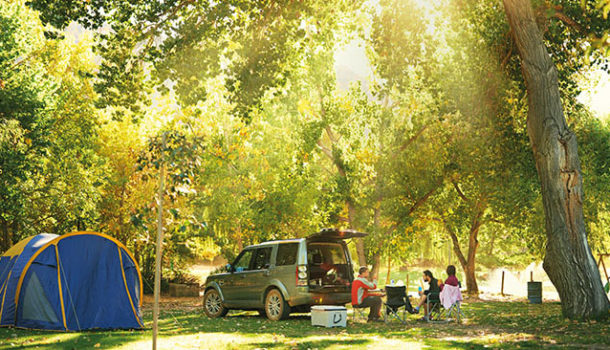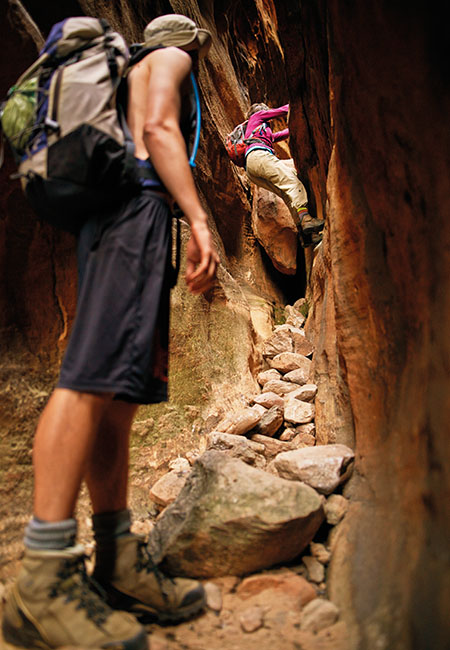Traipsing through the Cederberg with his daypack on his back, Mark Samuel is made to feel tiny, yet significant – both at the same time
Towering up all around me, it’s obvious why someone named these the Wolfberg Cracks. But don’t misunderstand me, though – they’re not the type of cracks that a bit of Polyfilla could sort out. These are geological wonders, cracks of giant proportions, carved into the rock over millennia, and now a primary reason hikers venture to this part of the mighty Cederberg.
North of Cape Town, about two-and-a-half hours’ drive away, these rugged mountains are a place of refuge to which nature lovers of all types venture. There are beautiful campsites, self-catering cottages, a plethora of hiking trails and climbing routes, rivers and rock pools, and of course the main attraction: an unspoilt wilderness area covered with indigenous flora that bristles with life.
We’ve chosen Sanddrif camp as our base, and we’ve arrived in consummate comfort in our Land Rover Discovery HSE. I’m told the winding gravel road through the Cederberg can be quite rocky and bumpy, but settled down in this car’s seats, the journey up was pure bliss; it was the surrounding scenery, not the bumpy road, that succeeded in distracting me.
But, however comfy your transport, this is a place that very quickly has you keen to exit your vehicle and have a walk around, taking in deep lungfuls of untainted mountain air.
You sign in to Sanddrif at Cederberg Private Cellar, a bustling high-altitude winery a little way up the road from the camp. Stay a little longer here to taste some of their vintages, then take the 10-minute drive down to Sanddrif, a grassy and flat camping area with an abundance of trees, next to the Matjies River.
An unrushed morning of coffee, rusks, muesli and yoghurt has fuelled us, and we’ve now been walking for about an hour, pretty much entirely uphill from our camp. The cracks may look a bit ordinary from the camping area before you set off, but stand right up against the base of them and your jaw drops, literally, as you gaze in awe at the 200m rock faces, giant overhangs, arches and colossal boulders.
We’ve chosen to head up the crack to the right, which requires a scramble up on to a two-metre-high ledge, and then a shimmy around a narrow rocky path. This leads up and around to an arch that guards the entrance to the crack. Pass through, and you will suddenly find yourself encircled by an enormous rock amphitheatre. ‘Dramatic’ doesn’t even begin to describe the setting.
There’s basically only one route up this crack – it takes us through pitch-black passageways, scrambling bum-first through soft sand under fallen boulders and up, up, up, and then through water-carved crevasses.
Our lunch stop, in the heart of the crack, is a place all hikers should spend some of their time. I repeat – stopping here should be compulsory. Take off your packs, settle down on a flat rock, and savour a boiled egg or two while the theatre-sized rock arch and vertical walls that can only be likened to the hull of a wounded battleship – immense, pockmarked and spectacular – stand sentinel above you.
My friends and I are a quirky bunch, so to indelibly stamp this memory on our minds, we crack out our deck of cards and play a few hands, but only once our tummies are sated, of course. This is definitely the most interesting place I’ve ever played a hand.
Later, at the top, we break free from the cool, shadowy clutches of the crack, and the view out from the edge of the plateau stretches on before us. The sun is warm and although the hike hasn’t been particularly taxing, the sense of accomplishment is palpable.
The route back to camp down the neighbouring crack goes by quickly, peppered with yet more dramatic rock formations and rocky scrambles.
That evening, around the campfire, Karoo chops sizzling on the coals, legs and feet slightly tender, the tired smiles around me sum up perfectly what was a flawless day’s hiking in the mountains.
SANDDRIF
You can pick one of a number of camping areas in the Cederberg, but privately owned Sanddrif has a special drawcard – aside from the magnificent Wolfberg Cracks looming overhead, of course. The Maalgat Pools are an easy 20- to 30-minute walk down the river valley from the camp. Here, if you’re feeling up to it, you can leap off the rocky ledges – from three to almost 15 metres in height – into the cool mountain water.
The campsite boasts many spacious, well-demarcated, grassed and shady sites, under beautiful old trees. Ablution areas are modern, with hot water from the solar heated geysers – just what’s needed after a strenuous day-hike or climbing adventure.
Sanddrif Holiday Resort
027 482 2825
www.cederbergwine.com/sanddrif
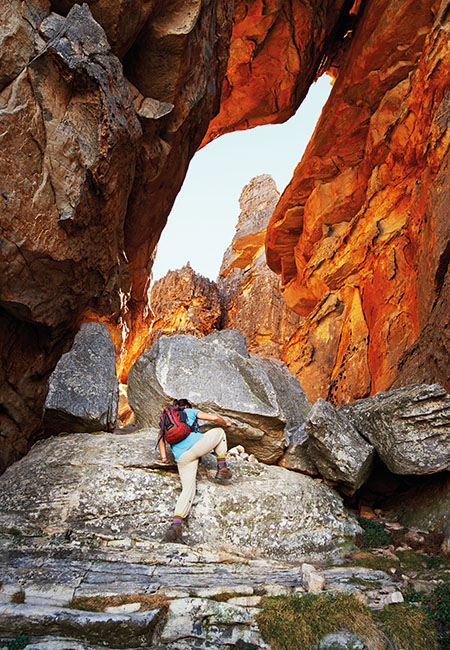
LAND ROVER DISCOVERY
Extreme capability and comfort in a tough off-road vehicle need not be mutually exclusive, and that’s proven by the Land Rover Discovery we used for our Cederberg camping trip. From fully adjustable seating, cavernous legroom, door cupholders that swallow up a bulky Nalgene bottle, concert-quality audio sound, to air suspension that’s raised at the flick of a button when tackling more arduous terrain, this car has everything you might need for an adventurous lifestyle.
Engine 3.0ℓ SDV6 automatic
0–100 km/h 9.3 seconds
Fuel consumption 8.7 ℓ/100 km
www.landrover.co.za
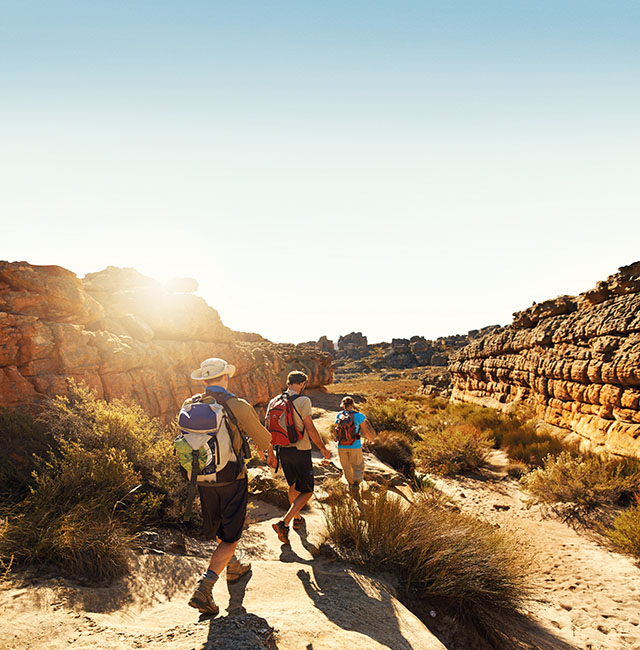
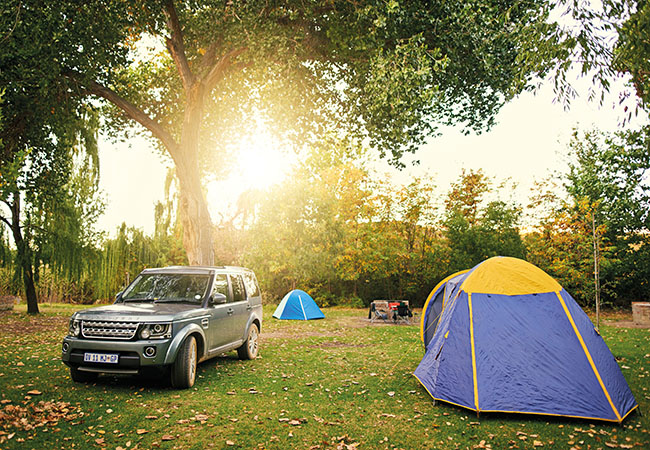
Photography AJ Wattamaniuk
(This article was first published in the winter 2016 issue of AA traveller magazine)

